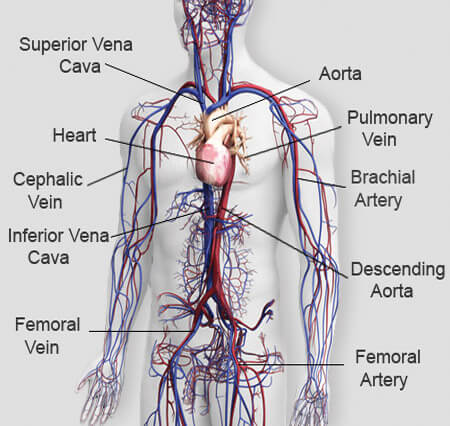LIVING THINGS AND LIFE PROCESSES
In this first topic we will be looking at living things and the different processes that all living things can do during their lifetime.
MRS C GREN is often used to help remember the life processes.
Movement - controlling its shape, position or where it is located
Respiration - breaking down chemical food to get usable energy
Sensitivity - sensing and responding to the environment
Cells - the building blocks of all organisms
Growth - Changing size and growing new cells
Reproduction - Passing on their genes to make new organisms
Excretion - removing wastes
Nutrition - eating or photosynthesis
MRS C GREN is often used to help remember the life processes.
Movement - controlling its shape, position or where it is located
Respiration - breaking down chemical food to get usable energy
Sensitivity - sensing and responding to the environment
Cells - the building blocks of all organisms
Growth - Changing size and growing new cells
Reproduction - Passing on their genes to make new organisms
Excretion - removing wastes
Nutrition - eating or photosynthesis
Living things are called organisms.
All organisms are made up of tiny building blocks called cells.
This video provides an introduction to cells and the scientists that first observed them.
This video provides an introduction to cells and the scientists that first observed them.
Some organisms, like bacteria are made up of a single cell. Other organisms like the giant kauri tree and elephants may be made up of trillions of cells that work together.These organisms need organs and organ systems to help them do all the life processes of MRS GREN.
Every living organism starts out as a single cell. This cell is most often formed from a sperm cell fertilising an egg cell. This new cell is called a zygote.
Very quickly this cell starts to divide, producting new cells. At first, all the cells look alike, but slowly they start to change their shape and they start to do different jobs. When this happens, these cells are given a name to describe which type of cell they have become.
Examples:

When many cells of the same type group together in the same place we describe them as a tissue. Tissues often have the same name as the cell type.
Examples:

Inside the body we find organs which have specific jobs. Organs are made of more than one type of tissue which work together to do a job.
Examples: Can you name each of these organs?

When many organs work together to do a job, they are called an organ sysyem
Examples:
Digestive System - nutrition Respiratory System - takes in oxygen and gets rid of carbon dioxide


Circulatory System - transports nutrients and wastes Excretory System -
gets rid of wastes


No comments:
Post a Comment